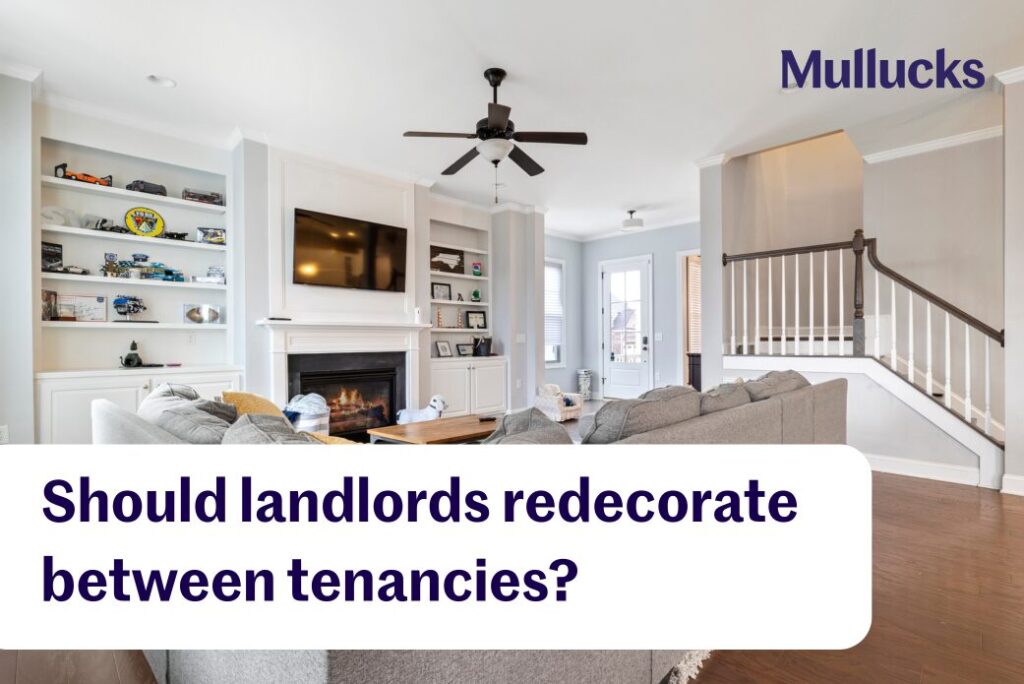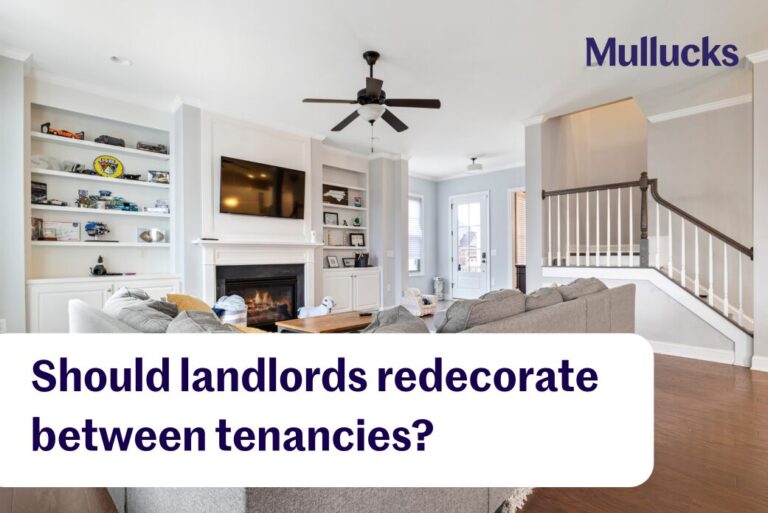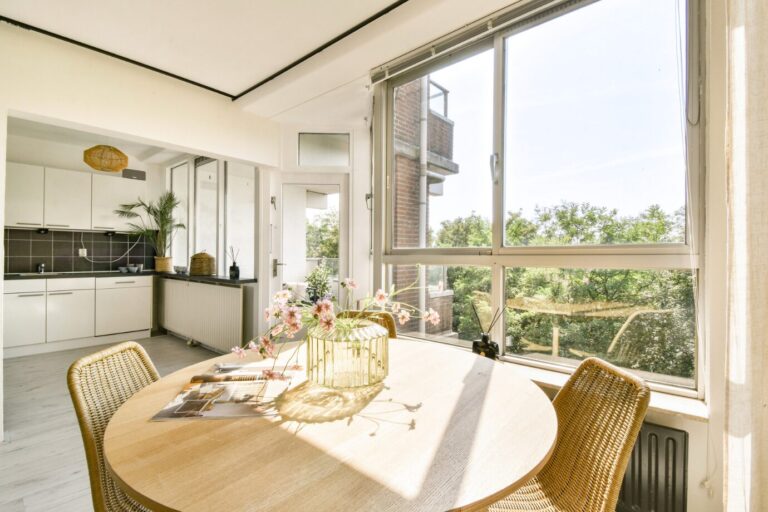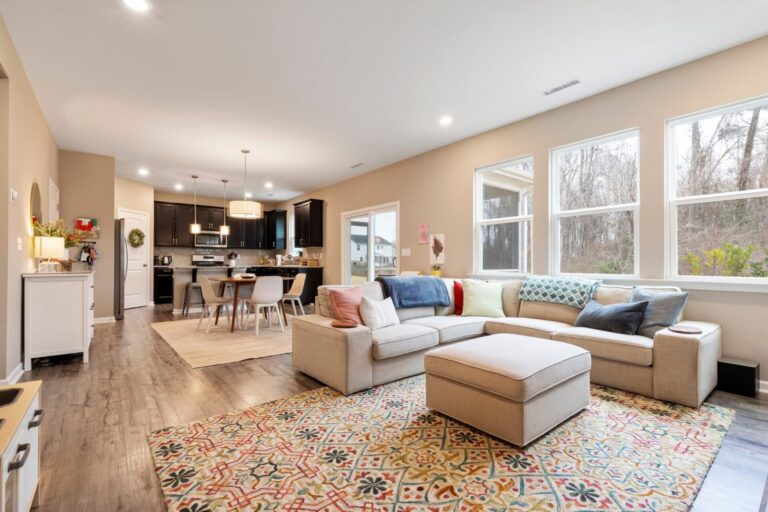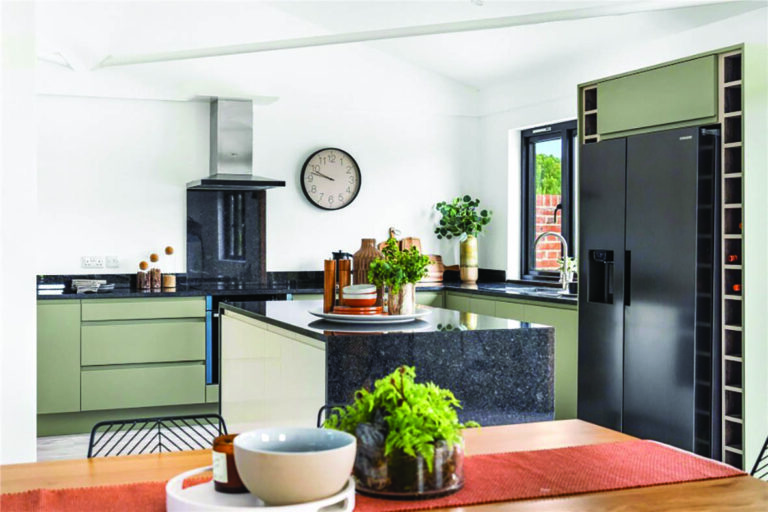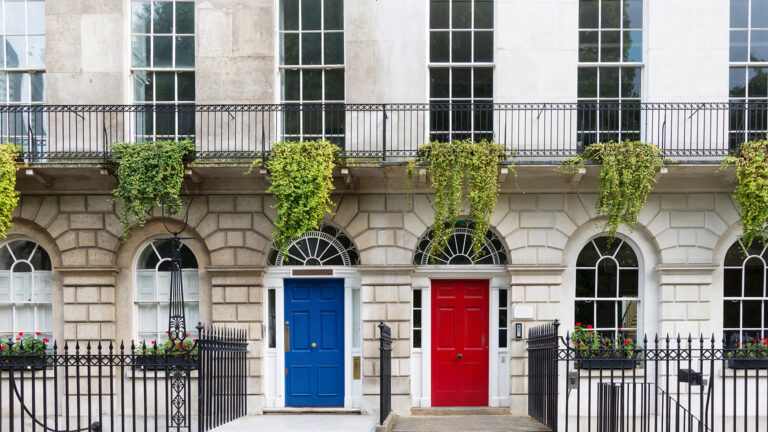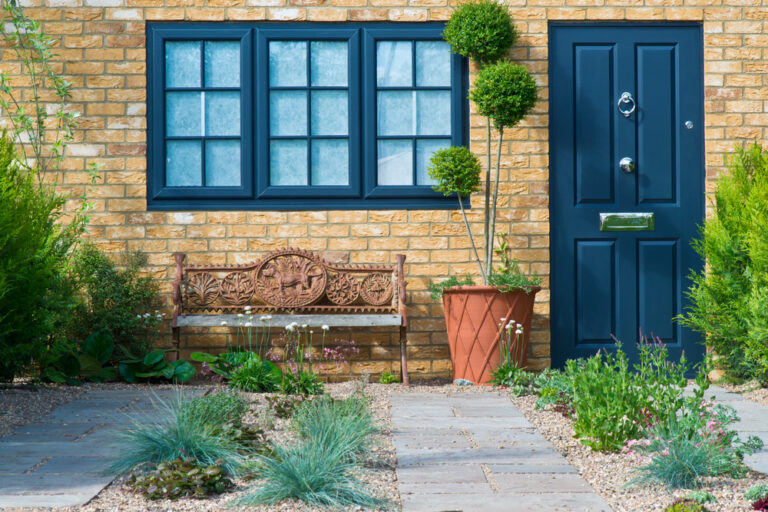Landlords aren’t legally required to redecorate between every tenancy, but doing so is often a wise decision. A well-presented property creates a strong first impression, appeals to quality tenants, and may support a higher rental value.
Wear and tear is inevitable, particularly after a long-term tenancy. Walls may need a refresh, carpets can appear worn, and fittings might feel outdated. Redecorating between tenancies is a practical way to carry out essential maintenance without disrupting tenants, while also ensuring the property is presented at its best for marketing.
This guide outlines a landlord’s key responsibilities, the value redecoration can add to a rental property, and how tenants can play a role in the process.
Related: How to make your home stand out in a competitive market
Do landlords have to replace mattresses?
If your rental property is furnished and includes a mattress, you are responsible for ensuring that it remains hygienic and fit for use. Under the Homes (Fitness for Human Habitation) Act 2018, landlords are required to provide furnishings that meet basic health and safety standards.
If the mattress becomes worn through normal use or is no longer sanitary, it’s typically your responsibility to replace it. On the other hand, if the mattress has been damaged by the tenant, for example, with stains, tears, or burns, you may be able to recover the cost from their deposit, provided it’s documented in the inventory.
As a general rule:
- Mattresses in long-term rentals should be replaced every 7-10 years.
- Short-term or high-turnover lets may need more frequent replacement.
Should landlords replace light bulbs?
In most cases, replacing standard light bulbs is considered a tenant’s responsibility, unless otherwise stated in the tenancy agreement. Day-to-day tasks like changing bulbs fall under general property upkeep, much like taking out the bins or replacing batteries in smoke alarms.
That said, landlords should ensure all light fixtures are working with functional bulbs at the start of the tenancy. You’re also responsible for bulbs in difficult-to-reach fittings or communal areas, such as shared hallways or stairwells.
If you include lighting as part of an appliance (like an oven or extractor fan), you may also need to replace bulbs if they fail due to wear and tear.
What landlords have to provide by law
Letting out a property comes with a range of legal responsibilities. At a minimum, landlords must ensure the property is safe, habitable, and compliant with UK legislation. You must:
- Keep the structure and exterior of the property in good repair
- Maintain installations for heating, gas, electricity and sanitation
- Install and test smoke alarms and carbon monoxide alarms
- Provide an Energy Performance Certificate (EPC)
- Protect your tenant’s deposit in a government-approved scheme
- Carry out Right to Rent checks (in England)
- Supply a copy of the ‘How to Rent’ guide at the start of the tenancy
You must also follow the Housing Health and Safety Rating System (HHSRS), which is used by councils to identify hazards in rented homes.
Related: Awaab’s Law: What should landlords do?
What is considered fair wear and tear?
One of the most disputed issues at the end of a tenancy is what counts as wear and tear. Generally, landlords can’t charge tenants for minor scuffs, faded paint, or carpet flattening from regular use. However, damage like torn wallpaper, burns, or large stains may be claimable if documented properly.
A robust inventory, ideally with dated photos, helps protect both parties and provides a reference point should any disagreement arise. Landlords should also consider a pre-checkout inspection, allowing time to resolve any issues before the tenant vacates.
Should landlords let tenants decorate?
Allowing tenants to decorate can have its advantages. A long-term tenant who’s invested in the home is more likely to stay and look after the property. But landlords should approach it with caution.
Always ensure that any decorating requests from tenants are made in writing, and be clear about what is and is not permitted. This might include specifying paint colours or the types of fittings allowed. It is also important to agree whether the tenant will be expected to return the property to its original state at the end of the tenancy.
For example, you might agree to a tenant painting a white wall purple, provided it’s repainted white at the end of the tenancy. Include a clause in the tenancy agreement to reflect this.
When should landlords refresh decor?
There are no specific rules on how often you should redecorate. But most landlords find that repainting every 3–5 years and replacing flooring every 5–10 years helps maintain a property’s appeal and value.
Between tenancies is the ideal time to assess what needs attention in the property. Repainting marked or scuffed walls, deep cleaning or replacing worn carpets, and inspecting fixtures, fittings and appliances all help maintain standards. It’s also a good opportunity to update any decor that has become tired or outdated.
High-traffic areas like hallways, kitchens and bathrooms may need more frequent attention. For longer-term tenants, consider a refresh mid-tenancy if the decor becomes significantly worn, especially if they’re unable to manage redecoration themselves.
Why decoration affects tenant retention
A well-decorated property is not only easier to let, but it also encourages tenants to stay longer. Tenants who feel proud of where they live are less likely to move on. In contrast, dated or scruffy decor may prompt them to look elsewhere when their contract ends.
Even small improvements like new curtains, modern light fittings or fresh paint can make a big difference to how a property feels.
Use void periods wisely
Every void period is an opportunity. Rather than letting the property sit empty, use the time to carry out inspections, complete any upgrades, and improve its overall presentation.
A short checklist for preparing a property to re-let might include redecorating where needed, servicing appliances, testing smoke and carbon monoxide alarms, checking for any signs of damp or damage, and refreshing your marketing photos. Taking these steps increases your chances of securing good tenants quickly and helps avoid costly gaps in rental income.
Final thoughts
Redecorating between tenancies is rarely mandatory, but it’s almost always worth it. It keeps your property looking its best, supports your legal obligations, and helps build strong relationships with tenants.
Whether it’s replacing a worn mattress, agreeing to some minor tenant changes, or simply refreshing the paintwork, investing in your rental’s appearance is one of the best ways to maintain value and attract long-term renters.
If you’re unsure what to prioritise, your local Mullucks lettings expert is here to help.
